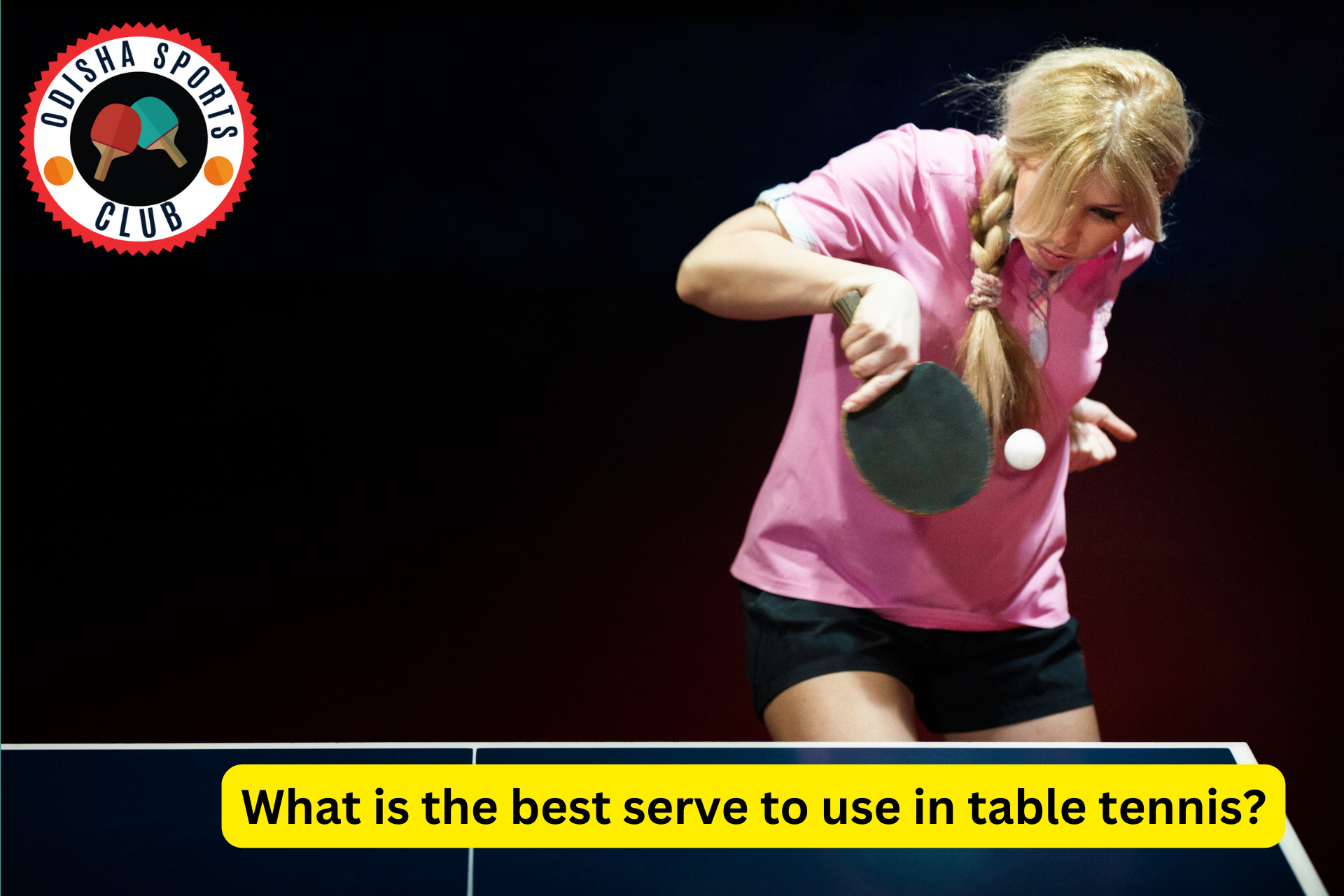In table tennis, there isn't a single "best" serve that works universally for all players in all situations. The effectiveness of a serve depends on various factors, including your playing style, opponent's strengths and weaknesses, the match situation, and your own skill level. Here are a few common serves that players often use, each with its own advantages:
- Short Backspin Serve: This serve is delivered with backspin and lands on the opponent's side of the table, close to the net. It's designed to bounce low and make it difficult for the opponent to attack. This serve can force your opponent into a passive return, giving you control of the rally from the start.
- Fast Long Serve: This serve is usually delivered with topspin or no spin and aimed deep into the opponent's court. It's designed to catch the opponent off guard and prevent them from attacking effectively. A fast long serve can lead to weaker returns that you can capitalize on.
- Side Spin Serve: Adding sidespin to your serve can make the ball curve as it bounces on the opponent's side, making it challenging to read and return accurately. You can use sidespin to force errors or set up your next shot.
- No Spin Serve: This serve has no spin, or very little spin, making it unpredictable for the opponent. It can disrupt their timing and force mistakes, as they might be expecting spin that isn't there.
- Heavy Backspin Serve: A serve with heavy backspin can force your opponent to lift the ball, which can set you up for a strong attack on the next shot. It's particularly effective against players who struggle with low, spinny balls.
- High Toss Serve: A serve with a high toss can create deception and disguise the type of spin you're using. By varying the type of spin (backspin, topspin, sidespin) and placement, you can keep your opponent guessing.
- Chop Serve: This is a variation of the backspin serve where you impart more side and backspin, causing the ball to bounce and move erratically. It can be difficult to read and return consistently.
- Fast, Flat Serve: Instead of using a lot of spin, you can opt for a fast, flat serve that's difficult to react to. It's not commonly used as a primary serve, but it can catch opponents off guard.
Best Table Tennis Academy In Bhubaneswar,Odisha
The key to effective serving is variety and deception. By mastering different types of serves and being able to execute them accurately, you can keep your opponents guessing and gain an advantage in the match. Additionally, observing your opponent's reactions to different serves can help you determine which serves are most effective against them.
